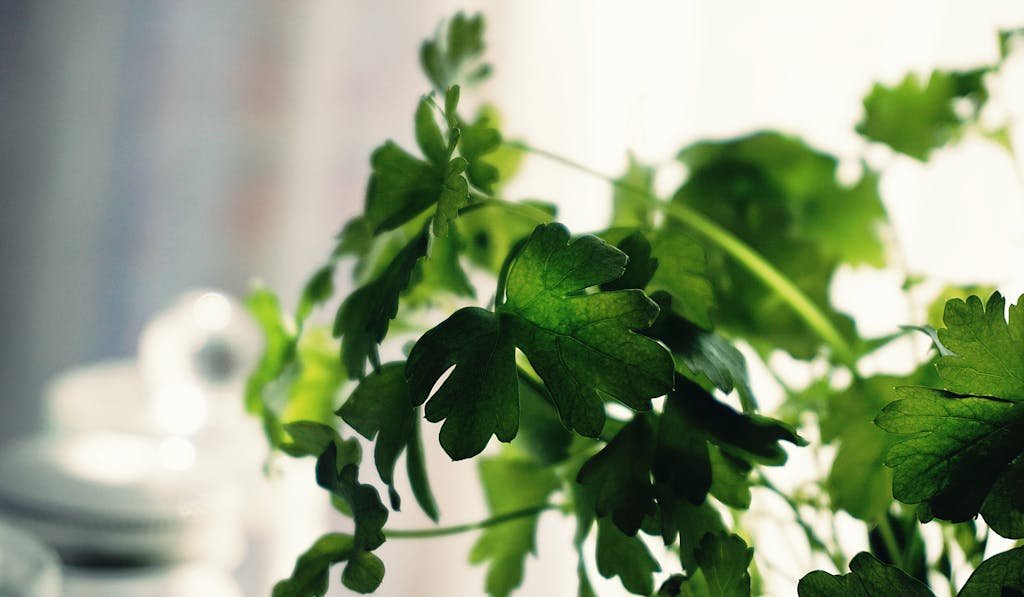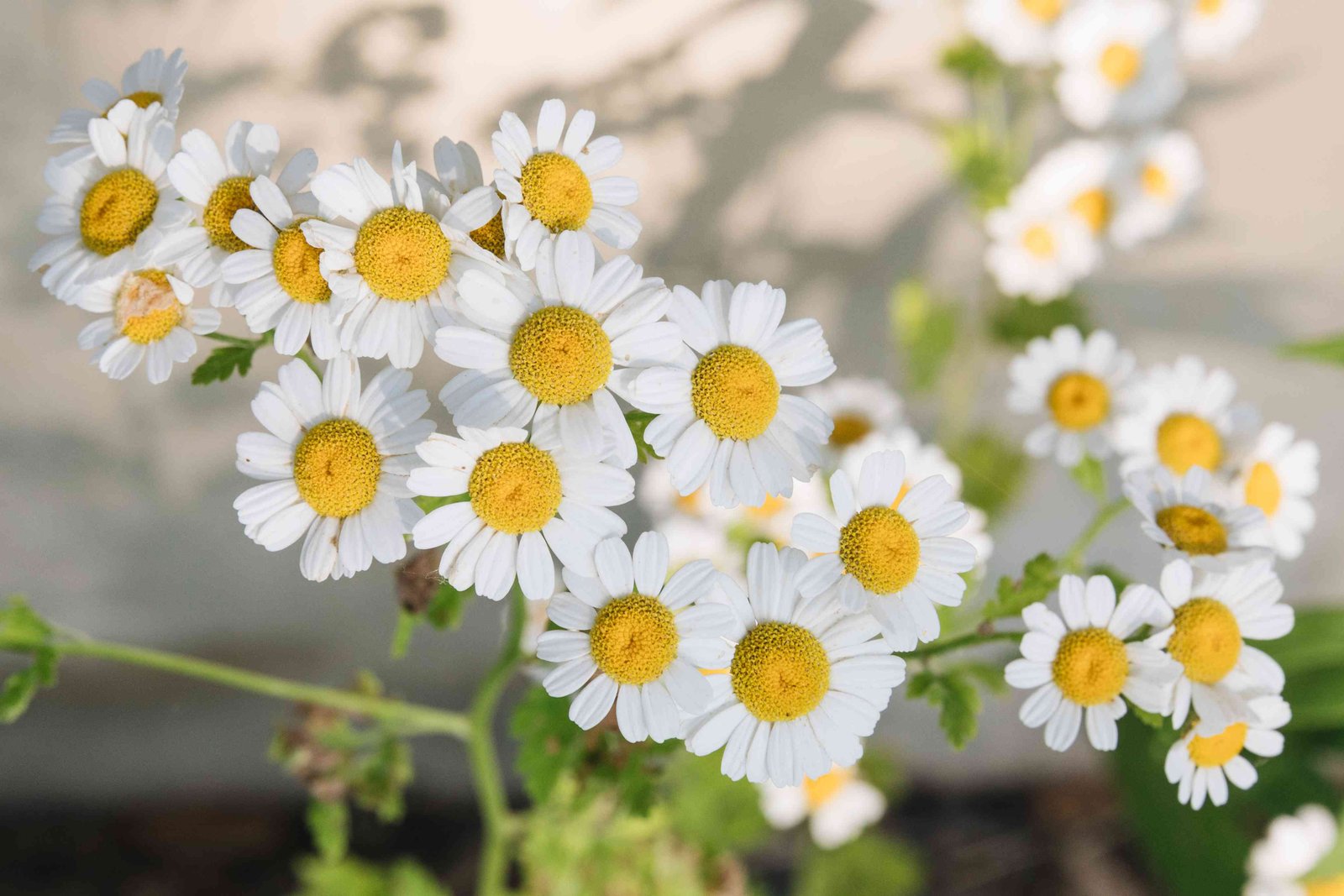Catnip – (Nepeta curiflora)
Catnip, specifically Nepeta cataria, has long been the go-to herb for pet owners looking to pamper their feline friends. But there’s a lesser-known cousin in the Nepeta family that’s worth exploring: Nepeta curiflora. Often overshadowed by its more famous relative, this variant offers unique benefits and intriguing characteristics that cat lovers and gardening enthusiasts alike will find fascinating.
Nepeta curiflora, with its distinct aroma and attractive flowers, not only captivates our furry companions but also adds a touch of beauty to any garden. It’s a plant that’s easy to grow and maintain, making it a fantastic addition for those looking to enrich their green spaces. Let’s dive into the world of Nepeta curiflora and discover what makes it so special.
Key Takeaways
- Nepeta curiflora’s Versatility: Emphasizes the plant’s ornamental beauty, ability to attract pollinators like bees and butterflies, and its dual function as an eco-friendly pest deterrent. Highlighting its easy cultivation and low maintenance needs makes it ideal for gardeners of any level.
- Medicinal Properties: Points out the initial research into Nepeta curiflora’s potential health benefits, including anti-inflammatory and analgesic properties, suggesting its utility beyond ornamental purposes.
- Aroma and Cat Attraction: Draws attention to the captivating scent of Nepeta curiflora, driven by the nepetalactone compound, which can induce playful behavior in cats. This feature is not only enjoyable for pet owners but also underscores the plant’s unique interaction with its environment.
- Flowering and Pollination: Highlights the striking flowers of Nepeta curiflora, which bloom from late spring to summer, attracting various pollinators and enhancing garden biodiversity. This benefits the overall ecosystem and promotes a vibrant, sustainable environment.
- Growing and Maintenance Tips: Provides practical advice for cultivating Nepeta curiflora, including optimal growth conditions, watering, feeding, and the importance of pruning for health and extended blooming periods. Demonstrates the plant’s adaptability and low maintenance, making it a valuable asset in any garden.
Nepeta curiflora: An Introduction
Nepeta curiflora, commonly referred to as catnip, stands as a captivating member of the mint family. This perennial herb boasts a robust nature, thriving in a range of climatic conditions. Originating from Eurasia, it has spread to gardens worldwide, celebrated not only for its appeal to felines but also for its ornamental beauty.
The plant’s allure lies in its slender stems and heart-shaped, green leaves, contrasted by delicate violet flowers. These blossoms, blooming from late spring through summer, attract a variety of pollinators, from bees to butterflies. Beyond its aesthetic appeal, Nepeta curiflora emits a distinct aroma, a key factor in its attractiveness to cats. This scent, caused by the compound nepetalactone, can induce behaviors in cats typically associated with joy and playfulness.
Cultivation of Nepeta curiflora is straightforward, requiring well-drained soil and full to partial sunlight. It’s resistant to most pests and diseases, making it a low-maintenance option for gardeners. Watering should be moderate, as the plant thrives in dry conditions.
Research on Nepeta curiflora suggests its utility extends beyond ornamental and recreational purposes. Studies indicate potential medicinal benefits, including anti-inflammatory and analgesic properties. Despite the need for further research, these findings highlight Nepeta curiflora’s multifaceted value.
| Characteristic | Detail |
|---|---|
| Family | Lamiaceae (Mint) |
| Origin | Eurasia |
| Flower Color | Violet |
| Bloom Time | Late Spring to Summer |
| Light Requirement | Full to Partial Sunlight |
| Soil Type | Well-Drained |
Garden enthusiasts and cat owners alike are drawn to Nepeta curiflora for its beauty, ease of care, and unique ability to engage cats. Its potential health benefits further contribute to its growing popularity, affirming its status as a versatile herb worth considering for inclusion in gardens and research agendas alike.
Unique Benefits and Characteristics of Nepeta curiflora
Nepeta curiflora, commonly referred to as catnip, stands out not only for its ornamental beauty but also for the numerous benefits it brings to both gardens and pet owners. This perennial herb is renowned for its easy cultivation and low maintenance, making it a favored choice among gardeners. It thrives in well-drained soil under full to partial sunlight, adapting well to various climates.
Attractive to Pollinators
One of the significant characteristics of Nepeta curiflora is its ability to attract a variety of pollinators. Its violet flowers serve as a magnet for bees, butterflies, and other beneficial insects, promoting biodiversity in the garden. This aspect of catnip makes it an excellent companion plant, supporting the health and growth of surrounding flora.
Eco-Friendly Pest Deterrent
Interestingly, Nepeta curiflora also plays a role in natural pest control. The plant’s strong aroma, while delightful to cats, can deter certain garden pests. This makes catnip a dual-purpose plant that not only enhances garden aesthetics but also contributes to a more natural and eco-friendly approach to pest management.
Medicinal Properties
Research has started to uncover the potential medicinal benefits of Nepeta curiflora. Studies suggest that catnip possesses anti-inflammatory and analgesic properties, offering a natural remedy for various ailments. Its active compound, nepetalactone, is under investigation for its effectiveness in relieving conditions such as headaches, insomnia, and digestive problems.
- Anti-Inflammatory: Reduces inflammation, potentially benefiting conditions like arthritis.
- Analgesic: Offers pain relief, useful for headaches and minor aches.
Though research is ongoing, the initial findings are promising and suggest that Nepeta curiflora could have applications beyond its ornamental and recreational value. Gardeners and pet owners alike are increasingly recognizing the unique benefits and characteristics of this versatile herb, integrating it into their gardens and homes for its beauty, utility, and potential health advantages.
The Captivating Aroma of Nepeta curiflora
The allure of Nepeta curiflora, commonly known as catnip, extends far beyond its visual appeal and easy cultivation. One of its most intriguing features is its captivating aroma, which plays a pivotal role in the plant’s interaction with the environment, particularly with felines and insects. The scent of catnip is due to nepetalactone, a volatile oil found in the leaves and stems of the plant.
Studies have shown that nepetalactone is the key compound that triggers a euphoric response in cats. Although not all cats are affected due to genetic factors, about 50% to 70% of cats exhibit sensitivity to this compound, resulting in behaviors ranging from purring and rolling to hyperactivity. This reaction is not just amusing but also highlights the complex chemical communication between plants and animals.
| Characteristic | Detail |
|---|---|
| Compound Name | Nepetalactone |
| Affected Species | Primarily felines |
| Behavioral Effects | Purring, Rolling, Hyperactivity |
| Sensitivity Rate | 50% to 70% of cats are affected |
Furthermore, the aroma of Nepeta curiflora isn’t solely for attracting our feline friends. It also serves an essential function in the plant’s survival strategy. The intense fragrance has been documented to be a natural pest deterrent, effectively repelling unwanted insects that could harm the plant. This characteristic makes Nepeta curiflora a valuable addition to any garden not only for its ornamental and recreational purposes but also as part of an organic pest management plan.
Additionally, the enticing aroma of catnip holds promises in the realm of natural medicine. Research into the properties of nepetalactone has revealed potential applications in natural remedies, further expanding our understanding of this plant’s capabilities. This ongoing investigation into Nepeta curiflora continues to uncover new insights, demonstrating that there’s much more to catnip than meets the eye or the nose.
Attractive Flowers of Nepeta curiflora
The Nepeta curiflora, commonly known as Catnip, is not only cherished for its allure to cats but also for its striking flowers. The plant blooms from late spring into early summer, presenting a spectacular display of lavender to white flowers. These blossoms are not only a visual treat but also a hub for pollinators.
Catnip’s flowers are composed of dense whorls, which are highly attractive to bees, butterflies, and other beneficial insects. This attraction aids in the pollination of the plant as well as the improvement of garden biodiversity. The presence of these pollinators is crucial for the success of many other plants within the garden ecosystem.
Recent research underscores the ecological value of the Nepeta curiflora. A study published in the Journal of Pollination Ecology points out that the characteristics of the flowers, including their shape and the nectar they produce, are specifically designed to cater to the needs of certain pollinators. This symbiotic relationship enhances the garden’s health and resilience, promoting a more vibrant and sustainable environment.
The aesthetic appeal of Nepeta curiflora’s flowers is undeniable. With their delicate petals and harmonious color palette, they add a layer of beauty and tranquility to any garden space. Gardeners often utilize them in borders, rock gardens, or as a part of naturalistic plantings, where their visual impact can be fully appreciated.
Moreover, the longevity and reliability of the catnip’s flowering season make it a valuable asset for those looking to maintain a colorful garden with minimal effort. Its ability to thrive in various soil types and conditions further cements its status as a versatile and low-maintenance option for gardeners at all levels of experience.
By integrating Nepeta curiflora into the garden, one not only enhances the attractiveness of the space but also contributes to the nurturing of pollinator populations. This dual benefit underscores the multifaceted value of the plant, extending beyond its well-known appeal to felines.
Growing and Maintaining Nepeta curiflora in Your Garden
Nepeta curiflora, widely known for its hardiness and ease of care, emerges as a top choice for gardeners looking to add a robust, yet charming, plant to their landscapes. Thriving in USDA hardiness zones 3 to 8, this variant of catnip adapts well to a broad range of climate conditions.
Optimal Conditions for Growth
To ensure the best growth, Nepeta curiflora requires a spot in the garden that receives full sun to partial shade. Although it’s tolerant of various soil types, it flourishes in well-drained soil that’s rich in organic matter. Adequate spacing, about 18 to 24 inches apart, allows each plant enough room to mature fully, enhancing air circulation and reducing the risk of fungal diseases.
Watering and Feeding
This plant’s watering needs are moderate. After establishment, Nepeta curiflora demonstrates remarkable drought tolerance, making it a low-maintenance option for gardeners. Overwatering should be avoided to prevent root rot. During the growing season, a balanced, slow-release fertilizer can boost plant health and flowering but isn’t necessary for robust growth.
Pruning and Pest Control
Pruning plays a vital role in maintaining the plant’s vigor. Cutting back the foliage after the first bloom encourages a second flowering, extending the blooming period. Regular deadheading will also increase bloom production. It’s noteworthy that Nepeta curiflora naturally repels many pests, aligning with studies suggesting its potential as a natural pest deterrent.
Through proper planting location, minimal but mindful care, and strategic pruning, gardeners can watch Nepeta curiflora thrive, bringing a captivating blend of fragrant foliage and vibrant flowers to their garden spaces. Its durability, coupled with its multifaceted benefits, makes it an invaluable addition to both novice and experienced gardeners’ repertoire.
Nepeta curiflora, with its ease of cultivation and low maintenance, stands as a beacon for both novice and experienced gardeners. Its ability to attract pollinators while deterring pests makes it a dual-purpose plant that enhances garden biodiversity and health. Beyond its practical gardening benefits, catnip’s potential medicinal properties add another layer of value.
By following the straightforward care tips—ensuring it’s planted in well-drained soil, receiving the right amount of sunlight, and given space to thrive—gardeners can ensure this robust plant reaches its full potential. Ultimately, incorporating Nepeta curiflora into a garden not only promises a beautiful and aromatic addition but also contributes to a healthier, more vibrant ecosystem.




